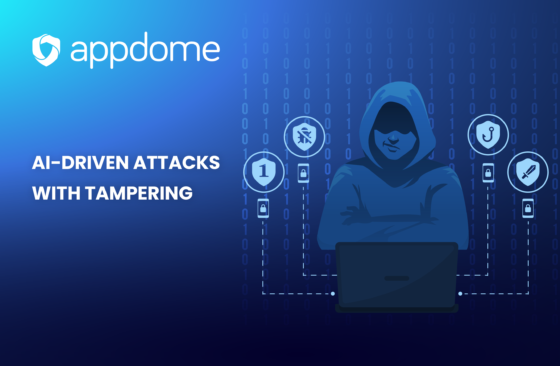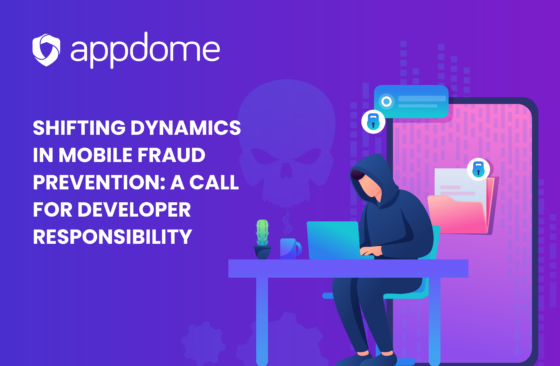
Top 5 Reasons Mobile Apps Need Geo Compliance in 2025
Mobile apps may be global, but not all users—or locations—should be treated the same. From regulatory enforcement to fraud control, user geography plays a vital role in mobile risk…
Explore expert insights on mobile antifraud strategies that unite AI, behavioral telemetry, and real-time threat intelligence—all without writing any code, installing SDKs, or managing servers. Learn how Appdome’s AI-Native Platform stops mobile fraud—like fake installs, SIM swaps, automated taps, KYC fraud, location spoofing, and account takeovers—by baking powerful protections directly into every Android and iOS app. Fraud defense, made instant.

Mobile apps may be global, but not all users—or locations—should be treated the same. From regulatory enforcement to fraud control, user geography plays a vital role in mobile risk…

A recent Cybernews investigation revealed that over 71% of iOS apps leak hardcoded secrets, exposing mobile users and businesses to significant security risks. These embedded credentials – API keys,…

In the rapidly growing digital economy of Latin America, mobile banking has become a cornerstone of financial inclusion and convenience. However, with this surge in digital transactions, cybercriminals have…

The mobile economy is global. People travel constantly, interacting with apps across borders, and brand value transcends geographic boundaries. Yet, despite this global reach, geofencing remains a crucial strategy…

As AI-driven attacks become more sophisticated and common, developers and organizations must keep up. With AI agents, liveness and voice recognition checks no longer matter. That means app makers…

With AI-based scams on the rise, 58% of global consumers say mobile fraud is their #1 fear and they demand protection from fraud in mobile apps.

Loyalty fraud, also known as loyalty program fraud, frequent flyer fraud, rewards fraud, loyalty points fraud, or hotel rewards program fraud, occurs when fraudsters exploit loyalty programs for financial…

In an era where secure and lawful app operations are paramount, the demand for robust geo compliance, identity verification, and anti-fraud measures has surged across various sectors. With specific…

Appdome’s Mobile Fraud Prevention solutions allows mobile developers to fully embrace DevSecOps agility and speed, adding, deploying and publishing mobile fraud prevention inside Android and iOS apps fast – without a SDK, gateway, code or coding of any kind.

Stopping mobile fraud, before it starts. Mobile fraud is becoming the new Achilles’ heel for many organizations. Big Data, Event Monitoring and AI alone can’t stop mobile fraud. This blog discusses who to prevent mobile fraud.

Fraudsters using a wide array of click fraud tools will only sour the holiday mood more. In this blog, I will discuss how app makers can prevent mobile click fraud and stop this real world Grinch story from becoming a reality.

Security tips for mobile app developers – Whitelisting to prevent phishing attacks
Spending much of my career in the security industry, I’m a big fan of whitelisting mobile app security…
Have a Security Project?
We Can Help!